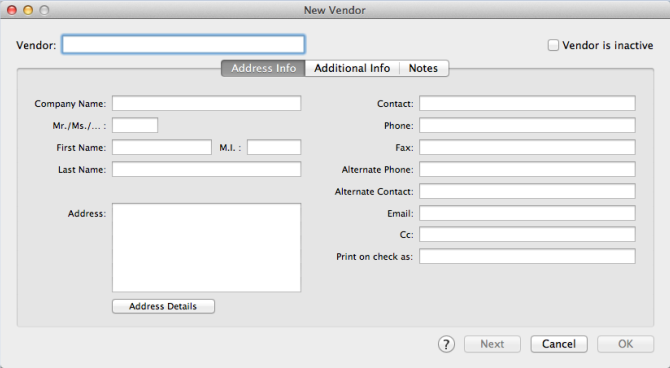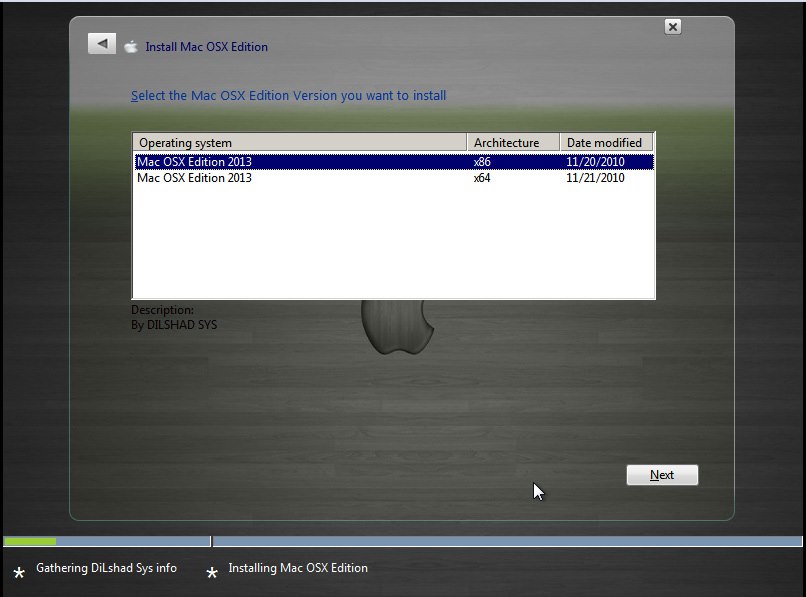
- 1099 SOFTWARE FOR MAC HOW TO
- 1099 SOFTWARE FOR MAC UPDATE
- 1099 SOFTWARE FOR MAC FREE
The global COVID-19 pandemic triggered business shutdowns last March and put millions out of work.
1099 SOFTWARE FOR MAC HOW TO
How to Get Started With Project ManagementĢ020 was a year we’re all happy to put behind us.
1099 SOFTWARE FOR MAC FREE
How to Find Free Tools to Optimize Your Small Business. How to Set Up Two-Factor Authentication. How to Save Money on Your Cell Phone Bill. How to Free Up Space on Your iPhone or iPad. Click Confirm Delete to complete the deletion process. Click Delete Company and a screen will appear to make sure you want to delete the company. Once the program is launched open the database that contains the company you want to remove. This command allows you to delete a company from a currently opened database. Click Add Company to save the company to the database. Click New Company then enter the information for this company. Once the program is launched open the database you wish save the company in. This Command allows you to add a new company to the database that is currently open. 1099 SOFTWARE FOR MAC UPDATE
Enter the information you want to change, then click Update Company to save the changes.

Highlight the company and click the Update Company command. Once the program is launched, open the database that contains the company you want to update. This commands allows you to update the currently selected company’s information. This option closes the Database Manager window. The new database is now open and all companies stored in this database are now available. Select the database you want to open and click Open Database.This option allows you to choose a different database and open it up to view all saved companies in that particular database. You can add the database again at anytime by using the Add Database command as long as you don’t delete the database from the computer.

Click Yes to remove the database from the Database Manager list.To delete a database, you will need to manually delete the database (.db) file from your hard drive or saved location. It does not delete the database file from the saved location. Note: This only removes the listing in the Database Manager. This option allows you to remove a database from the list. Enter the new name and click Rename Database to save.Otherwise, if you don’t want to rename at this time, click no It is recommended that you use only alpha-numeric characters. This option allows you to rename the database. The database is added to the list in the Database Manager. Browse to the location where the database is saved.For example, if you copied a database from another computer and the Database Manager does not list this database, you can choose Add Database to List and browse to that location to update the Database Manager’s list. This button allows you to add an already-existing database to the list.
 Click Create Database to save the new database. Click the Browse button to select a new location to save the database. Enter a Database Name and Payroll Year. Keep in mind that each database can store multiple companies. This option allows you to create and save a new database in any location you wish. Using the Database ManagerĬhoose Database Manager from the File menu. The advantage of storing each of your company files in separate databases is that you have more control over where your database is stored on your computer, as well as when you want to Backup Database, Restore Database, Close Database, or advance companies to a New Year. Storing Company Files in Separate Databases The advantage of storing all of your different company files in one database is that when you Backup Database, Restore DataBase, Close Database, or advance to a new year, all companies stored in that database will be backed up, restored, closed or advanced to a new year at the same time, saving you time. Storing Multiple Company Files in the Same DatabaseĮach database can contain multiple companies. You can either store all of your company files in the same database, or you can create separate databases and store individual companies in them. However, if you process forms for more than one company, you will need to choose one of the following options to manage your companies correctly. If you complete 1099 forms for only one company, this is probably the only database you will need. When initially opening CheckMark 1099, a database named CheckMark_1099_ Database_ is created. CheckMark 1099 stores company data in a database.
Click Create Database to save the new database. Click the Browse button to select a new location to save the database. Enter a Database Name and Payroll Year. Keep in mind that each database can store multiple companies. This option allows you to create and save a new database in any location you wish. Using the Database ManagerĬhoose Database Manager from the File menu. The advantage of storing each of your company files in separate databases is that you have more control over where your database is stored on your computer, as well as when you want to Backup Database, Restore Database, Close Database, or advance companies to a New Year. Storing Company Files in Separate Databases The advantage of storing all of your different company files in one database is that when you Backup Database, Restore DataBase, Close Database, or advance to a new year, all companies stored in that database will be backed up, restored, closed or advanced to a new year at the same time, saving you time. Storing Multiple Company Files in the Same DatabaseĮach database can contain multiple companies. You can either store all of your company files in the same database, or you can create separate databases and store individual companies in them. However, if you process forms for more than one company, you will need to choose one of the following options to manage your companies correctly. If you complete 1099 forms for only one company, this is probably the only database you will need. When initially opening CheckMark 1099, a database named CheckMark_1099_ Database_ is created. CheckMark 1099 stores company data in a database.







 0 kommentar(er)
0 kommentar(er)
